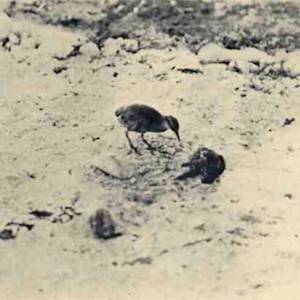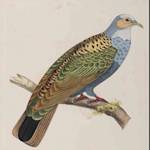Back From The Brink, Hawaiian Goose (nene)
1949 CE • Hawaii
Fossil records show that the Nene, or Hawaiian Goose was once abundant and widespread throughout Hawaii. “Following excessive hunting and loss of habitat just 20 to 30 individuals remained in 1949. Hunters targeted birds during the breeding season when they were particularly vulnerable. Today the main threat to this species comes from a lack of suitable habitat and from introduced animals such as mongooses, feral dogs and cats, which prey on eggs and young birds….The nene has been rescued from the brink of extinction by a long-running conservation programme. Breeding programmes in both Hawaii and at the Wildfowl and Wetlands Trust in Britain have been working to breed captive birds for release into the wild.” In 2011, the population was estimated at around 2,500 birds.
"Nene (Branta Sandvicensis)." ARKive. Web. 22 Mar. 2012. .
"Nene, also Hawaiian Goose (Branta sandvicensis)," DickDaniels, 2012.


Learn about Maya Lin’s fifth and final memorial: a multi-platform science based artwork that presents an ecological history of our world - past, present, and future.

Discover ecological histories and stories of former abundance, loss, and recovery on the map of memory.

Learn how we can reduce our emissions and protect and restore species and habitats – around the world.

See how art can help us rethink the problems we face, and give us hope that each one of us can make a difference.

Help make a global memorial something personal and close to home. Share your stories of the natural world.


